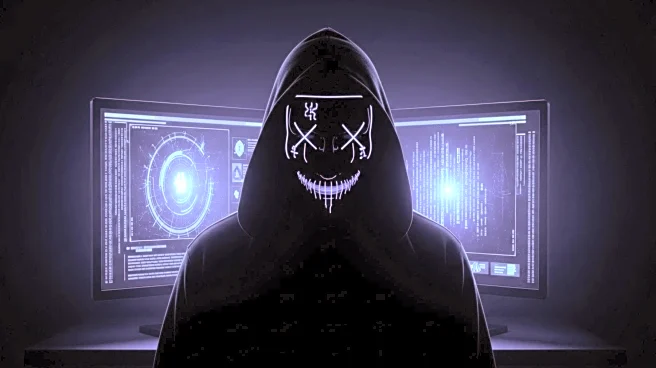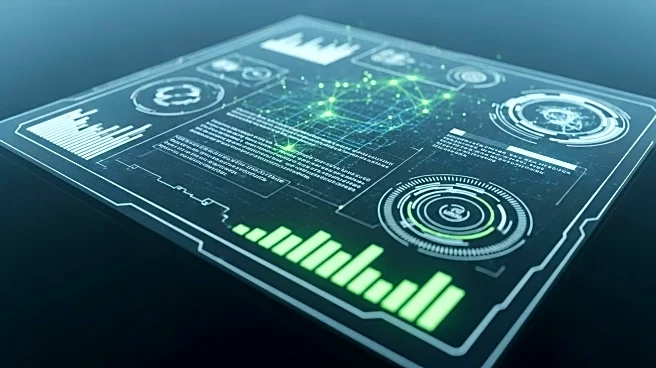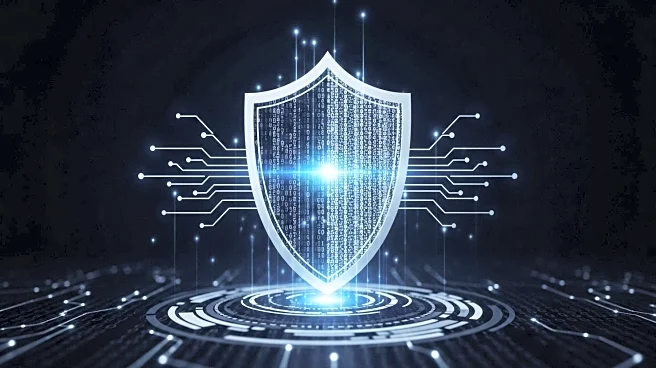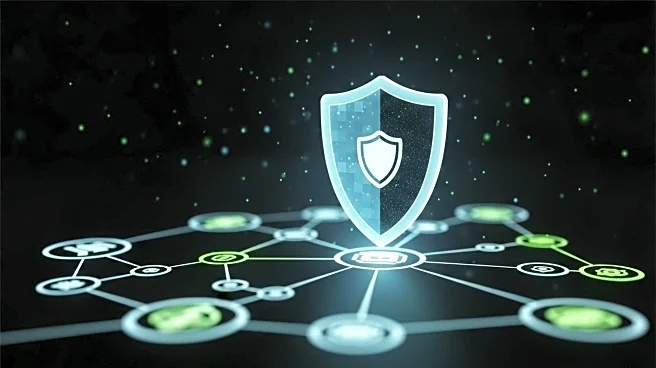What's Happening?
Cybersecurity researchers have identified a sophisticated fileless malware campaign that exploits legitimate system tools to deliver a remote access Trojan (RAT) known as AsyncRAT. The attack bypasses traditional disk-based detection methods by executing malicious code entirely in memory, making it challenging to detect and remove. The breach began with a compromised ScreenConnect client, a popular remote access platform, which allowed threat actors to establish an interactive session via a domain linked to unauthorized deployments. During this session, a VBScript executed a PowerShell command to download payloads directly into memory, avoiding disk storage. The malware employs a modular design to evade detection while preparing the system for the RAT payload.
Why It's Important?
The discovery of this fileless malware campaign highlights the evolving tactics of cybercriminals and the increasing difficulty in detecting such threats. By executing code in memory, these attacks can bypass traditional security measures, posing significant risks to organizations relying on conventional antivirus solutions. The use of legitimate tools for malicious purposes underscores the need for enhanced cybersecurity strategies and the development of advanced detection methods. Organizations across various sectors, including finance, healthcare, and government, could be vulnerable to data breaches and system compromises, emphasizing the importance of proactive security measures.
What's Next?
Cybersecurity experts are likely to focus on developing targeted detection signatures and strengthening endpoint security based on the observed behaviors of this malware. Organizations may need to reassess their security protocols and invest in advanced threat detection technologies to mitigate the risks posed by fileless malware. Additionally, there may be increased collaboration between cybersecurity firms and government agencies to address the growing threat landscape and protect critical infrastructure from sophisticated cyber attacks.
Beyond the Headlines
The use of fileless malware represents a shift in cyber attack strategies, highlighting the need for continuous adaptation in cybersecurity practices. This development may lead to increased investment in research and development of new security technologies, as well as a greater emphasis on cybersecurity education and awareness among employees. The ethical implications of using legitimate tools for malicious purposes also raise questions about the responsibility of software providers in ensuring their products are secure and not easily exploited.











